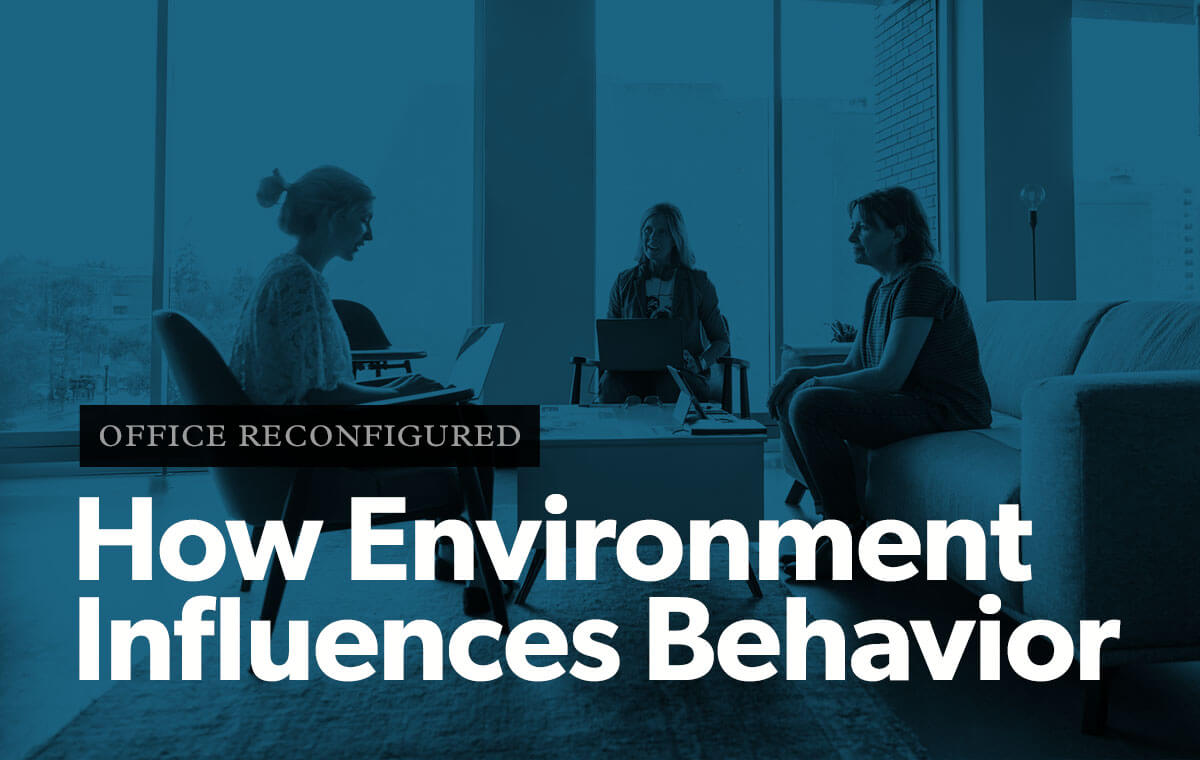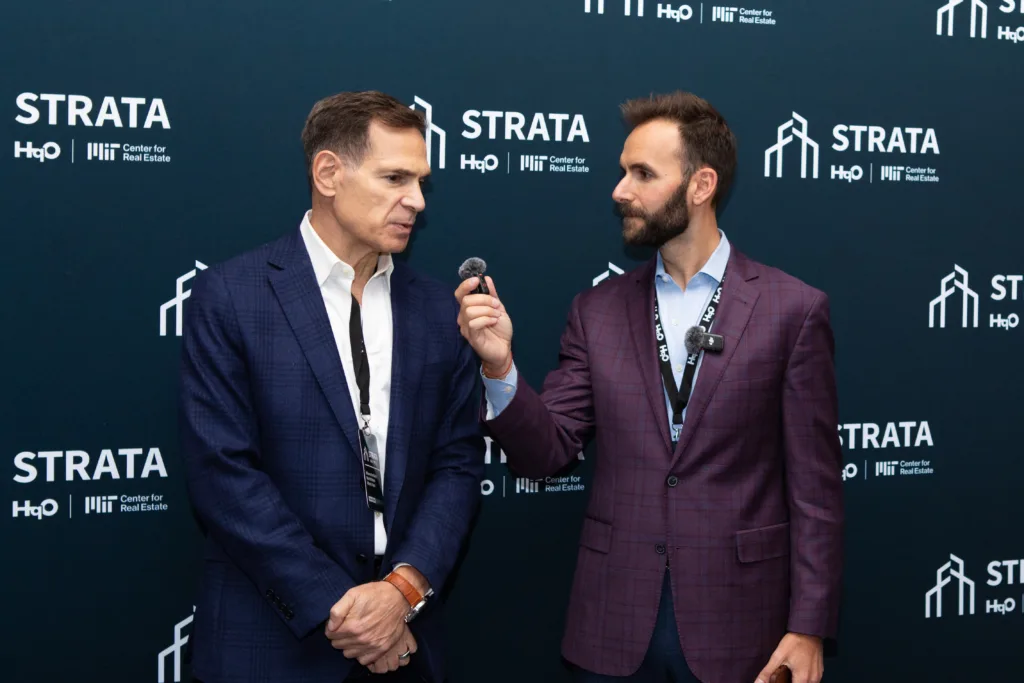Everyone’s interpretation of the perfect workplace is different. If you asked James O’Flaherty, Director of Business Operations at Adtrak, about how to create a more engaging workplace environment, he would probably tell you that it’s about working with what you have.
Earlier this year, he set out to rejuvenate Adtrak’s entire 16,500 square foot office space in Nottingham, U.K. As BBC reports, “In early 2020, the agency had 120 desks; now they have just 70 (despite retaining a staff of about 100). Yet that doesn’t mean the office is getting smaller. O’Flaherty has re-configured it to include team-working spaces that encourage collaboration, hot desks workers can book through an app, social spaces to promote dialogue, and rooms equipped with new technology for seamless videoconferencing with remote-working colleagues.”
Adtrak is one of many companies taking steps to adapt their floor plans, transitioning from rows of desks to more interactive spaces that feed into a cultural hub. But why go through all the effort, and is it really that effective? The simple answer is yes. Our environment can play a powerful role in shaping and reinforcing positive behaviors — whether we’re at the office, at home, and everywhere in between. Here’s how.
Spaces Driving Results
In the New York Times best-selling book Atomic Habits, author James Clear explains how environments have been shaping human behavior since the dawn of time. Calling it the “invisible hand,” Clear uses the history of agriculture to prove that physical environments can impact behavior, and thus, results:
“Agriculture spread two to three times faster across Asia and Europe than it did up and down the Americas. Over the span of centuries, this small [environmental] difference had a very big impact. Increased food production allowed for more rapid population growth. With more people, these cultures were able to build stronger armies and were better equipped to develop new technologies. The changes started out small — a crop that spread slightly farther, a population that grew slightly faster — but compounded into substantial differences over time.”
His conclusion? No matter what your goals may be, it’s important to operate in environments that accelerate results rather than hinder them. Clear also shares advice on how to design environments that promote success, such as: 1) automating good decisions so that they can be easily maintained, 2) making sure good habits are designed “in the flow” of your normal behaviors, i.e. easily accessible and imbedded in your day-to-day experiences, and 3) subtracting negative influences through design and object placement.
These tactics are representative of many adjustments to the physical environment that can be leveraged to produce healthier, cleaner workplaces — which 84% of executives at major U.S. companies say are critical to their future work plans.
Spaces Driving Wellness
Similarly, wellness solutions that allow employees to stay healthy physically and mentally can be achieved through office infrastructure. Rex Miller, author of The Healthy Workplace Nudge, talks about how certain physical cues called “nudges” can prompt users of a given space to take more desired actions that lead to healthier lifestyle choices. For example, having more prominent access to stairwells in buildings can encourage employees to take the stairs rather than the elevator.
Increased placement of hand sanitizer dispensers and access to healthy food options can help employees make better choices in terms of their personal hygiene and diet. Efforts like these also contribute to the WELL Building Standard, an increasingly prevalent building certification which combines the best practices in design with evidence-based medical and scientific research to configure buildings in support of human health and wellbeing.
In the same ways the physical environment can be modified to achieve the aforementioned goals, the design and execution of the office can be modified to fulfill the collaboration and socialization needs of modern building communities. Offering more flexible and diverse work experiences to fit every employee’s needs will ultimately bring value back to the office, entice people to use your property, and differentiate your landlord brand from your neighbors.
Designing the Modern Workplace
Solutions like those outlined in Atomic Habits and The Healthy Workplace Nudge provide choice and diversity to a workforce looking for more personal, custom experiences. However, they’re only the tip of the iceberg. Learn more from the experts themselves — renowned design firms across the country that specialize in office space — on how you can create a more modern, collaborative workplace in our latest industry guide: Office Reconfigured: How the workplace is adapting to the social and technological needs of the workforce.



